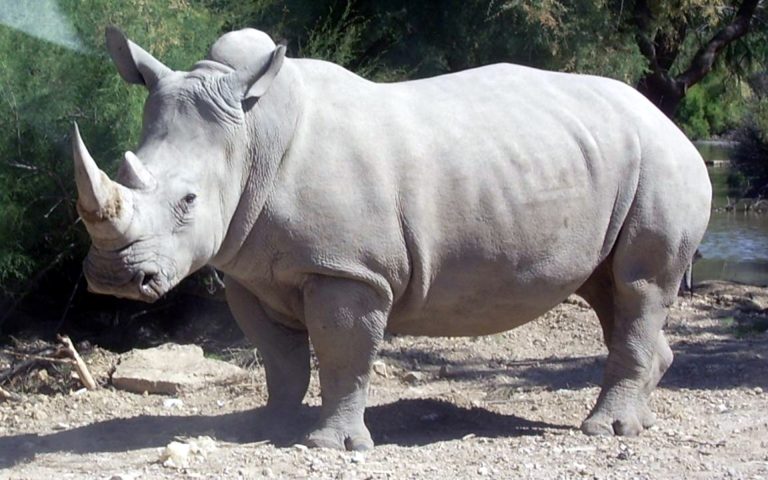- Blogs & Tips
African Jungle Forests, Bush & Safari Activities
- Last updated: 5 months ago
- By Editorial Team
African Jungle Forests, Bush & Safari Activities
Step into an African jungle and watch as it welcomes you with a silence that breathes—deep, steady, like a drumbeat under your feet.
An African jungle isn’t empty; it’s alive with life you can’t see yet. Mukusu and mahogany rise high and close, their branches woven like grandmothers’ tales shared around a village fire. The air feels thick, almost sacred, heavy with the smell of rain-soaked leaves, cracked bark, and guavas so ripe they beg to be picked.
From somewhere above, a turaco lets out a bright, laughing cry, echoing like a lullaby in KiSwahili, and a twig snaps nearby—maybe a chimp swinging past, maybe something more shy. You pause, and the forest pauses too. This is not just a place; it is a living spirit—roho ya msitu.
Walk on, and the trees loosen their grip, melting into open bush. The ground flattens, the horizon widens, and the acacias stand apart like wise elders at a clan meeting, red soil warm beneath your boots. Brown termite castles rise beside dusty paths etched by old elephant journeys.
The air dries, the wind picks up, and every shadow hides a secret: a lion’s tail teasing the grass, a kudu springing away, a leopard holding its breath between stillness and strike. Here, you don’t stumble upon animals—you earn the privilege of seeing them. The bush does not put on a show; it simply invites those who understand respect and quiet feet.
Then come the safari days, each stitched with its own thread of wonder. Dawn breaks with misty drives when dew slides off the grass and the sun is still gentle.
Later, you might roam on foot beside a Maasai or Batwa guide who reads the land like scripture—paw prints in powdery dust, a single feather in the road, the sudden hush before beauty arrives and just by midday, you drift in a boat along hippo-filled channels, kingfishers flashing blue in your wake.
Some evenings, a hot-air balloon rises slow and silent, lifting you above elephants and wildebeest so the whole story of the plains unfolds like kanga fabric beneath you. Night falls, and stars pour out in rivers—no streetlights, just galaxies.
The bush stirs again: hyenas giggle in the dark, lions rumble far off, and your own breath slips into the rhythm of the wild.
In Africa, jungle, bush, and safari are not separate chapters. They are verses of the same song, sung in different keys. Feel their quiet, follow their paths, share their open spaces, and you’ll carry them forever. Because some landscapes don’t merely show you animals—they show you who you are when you stand small, silent, and completely alive.
What Is an African Jungle?
An African jungle isn’t just dense trees—it’s a living cathedral. It’s forests so thick that sunlight weaves golden threads down to the forest floor. Leaves gather morning mist, and roots dig deep into earth that has held secrets for centuries. Every step feels soft. Every sound is layered: the call of a hornbill, the drip of dew, the rustle of monkeys high in the canopy. It’s alive, vivid, sensory—no fence could contain its breath.
Where Are the African Jungles Found?
Africa’s jungles can still be found where rivers and rain meet old forests:
- Uganda / DRC – Congo Basin: Perfect examples are the Bwindi, Semuliki, or Ituri. Green world, chimpanzees calling like distant thunder.
- Cameroon / Gabon: Under vast green canopies, buffalos push through ferns while forest elephants drift along hidden trails.
- Madagascar: Jungle with lemurs dancing on branches and unique orchids whispering in emerald hush.
- Mozambique / Tanzania: Coastal corridors with mahogany giants leaning to the sea—mangrove jungles alive with bird song and shrimp boats.
Each place breathes differently: some dark and deep, others more open and alive with sound. But all share the same pulse — older than time, richer than memory.
African Jungle Forests, Bush & Safari Activities Pictorial



African Jungle Safari Activities
Jungle safari isn’t drive-and-watch; it’s walk-inside-and-feel as some of the jungles are even impenetrable. Top safari activities are;
- Tracking Apes
As morning haze, silence is broken by tree groan and your top apes to track are the Chimps, golden monkeys or gorillas that feed, stay and reproduce here. Your guide whispers names. You watch mothers hold infants. Only breathe when they do. - Birdwatching in the Canopy
Binoculars up and you observe a Malachite Kingfisher flashes blue by a stream. A giraffe peeks through vine-screened light. Some wingspan steals your breath before you even realize. - Canoe Trips & Boat Safaris
Glide through green water under tunnels of leaves. Hippos yawn twice your size as you float by. Kingfishers dive. Children wave from sandy banks. - Night Hikes
The jungle after dark is another universe. Glowworms glimmer. Frogs chorus. Occasionally a bushpig grunts. Your flashlight picks out a single eye. Your heart follows. - Bush Walk and Survival Lessons
Take a spear-grass and learn where to find water. Eat wild fruit. See how insects show direction. Learn the forest’s language. - Cultural Visits
Walk with trackers from local communities and hear folktales by firelight. Dance. Eat maize porridge. See how jungle and people shape each other. - Photography & Meditation Tours
Silence, space, still shots. Capture shapes, textures. Sit by a waterfall and feel the mist on your skin. - Jungle and Rift Valley Combo Safaris
Wake among emerald vines. By afternoon, sun hitting open plains. Two worlds in a day.
8 Tips for African Jungle Adventures
- Dress for humidity and insects
Lightweight, long sleeves, long pants—not for fashion, but for bites and comfort. Layer with a raingear on top. Breathable, insect-dipped clothes will let you spend more time in wonder than scratching. - Pack the right footwear
Tick-proof socks, sturdy hiking boots that grip after rain. Doing the jungle trail in flip-flops will end in mud, blisters, and regret. - Give silence a chance
Bring your journal. Sit quietly. After 20 minutes, something always appears: a bird, a monkey, a leaf shaking. It rewards you for being still. - Move with intention
One foot in front of the other. Watch your footprint. Let the forest settle around you. When animals sense calm, they reveal themselves. - Respect local guides
Their shared ancestry with the forest is visible in their movement, their words. They read animal tracks like letters. They teach you to listen and unlearn. - Mind the weather
Early morning is cool. Midday is suffocating. Afternoon storms arrive suddenly. Plan your walk before noon—then retreat for rest or boat ride. - Stay hydrated, eat lightly
Humidity drains you. Bring electrolytes. Jungle meals are simple energy—rice, root vegetables, gentle coffee. You don’t need feast. You need fuel. - Leave only footprints
Pack out wrappers and strictly stick to trails. When you leave, let the jungle sit unchanged, just louder in memory.
Suggested Packages
8 FAQs About African Jungle Safaris
Is the jungle dangerous?
The jungle feels wild—but danger is local knowledge. Guides understand where snakes hide, which insects to avoid, how to pass a gorilla troop. You’ll stay safe by following their lead and keeping calm.
What wildlife am I likely to see?
Expect primates—chimpanzees, colobus monkeys, occasionally gorillas. Forest elephants emerge near ponds. Birds live overhead, from turacos to sunbirds. Bushbucks or forest antelope skirt the edges. The jungle is quieter than the savannah, but every rustle matters.
How fit do I need to be?
Moderate. Paths can be muddy and steep, but not endless climbs. Take your time. The jungle isn’t a test. It’s a space to notice—so slow pacing helps.
Will I get sick?
Bring insect repellent, malaria prophylaxis (where required), and keep clean. Local water is safe when boiled or filtered. Your guide helps. Your job? Stay hydrated, eat cook-cleanly, and simmer down, not push.
When’s the best season?
Dry season (June–September) is cooler and less muddy. But green season has wildflowers, newborn animals, and emerald beauty—though slippery boots are needed.
Can solo travelers do it?
Absolutely. Jungle wildlife reveals itself in proximity, not groups. Solo travelers move slowly, blend in, and often get the best encounters. Guides respect that quiet intention.
Will I be able to sleep nearby?
Yes. From forest lodges with thatch roofs to tented camps under canopy and open sky. The night calls—bug sounds, distant howls, tree groans—but that’s part of why you came.
Why choose a jungle safari over a savannah one?
The savannah is grand, golden, a wide spectacle. The jungle is intimate, green, a symphony in micro. You’ll feel life unfold around you quietly—cloud forests, wet trails, secret stories. It’s a heart-to-heart experience, and for many, a deeper journey into Africa’s soul.
The African jungle, the bush, the open savannah—they are inseparable cousins. They are chapters in the same book: Africa’s story. A story that humbles, surprises, and changes you.
It asks nothing but your attention in return. Friendly Gorillas Safaris doesn’t just show you animals. We bring you to the places that whisper their names, where every breath feels like belonging.
Because in Africa’s forests and plains, silence isn’t empty—it’s full of life, if you listen.
Are you ready to listen?
Send Enquiry
Step into the mist and meet a wild silverback face to face.
In that silent moment, something inside you changes forever and that time, you will understand that gorilla trekking isn’t just a trip but a soul-stirring journey.
GET A QUOTE
Limited permits available.










